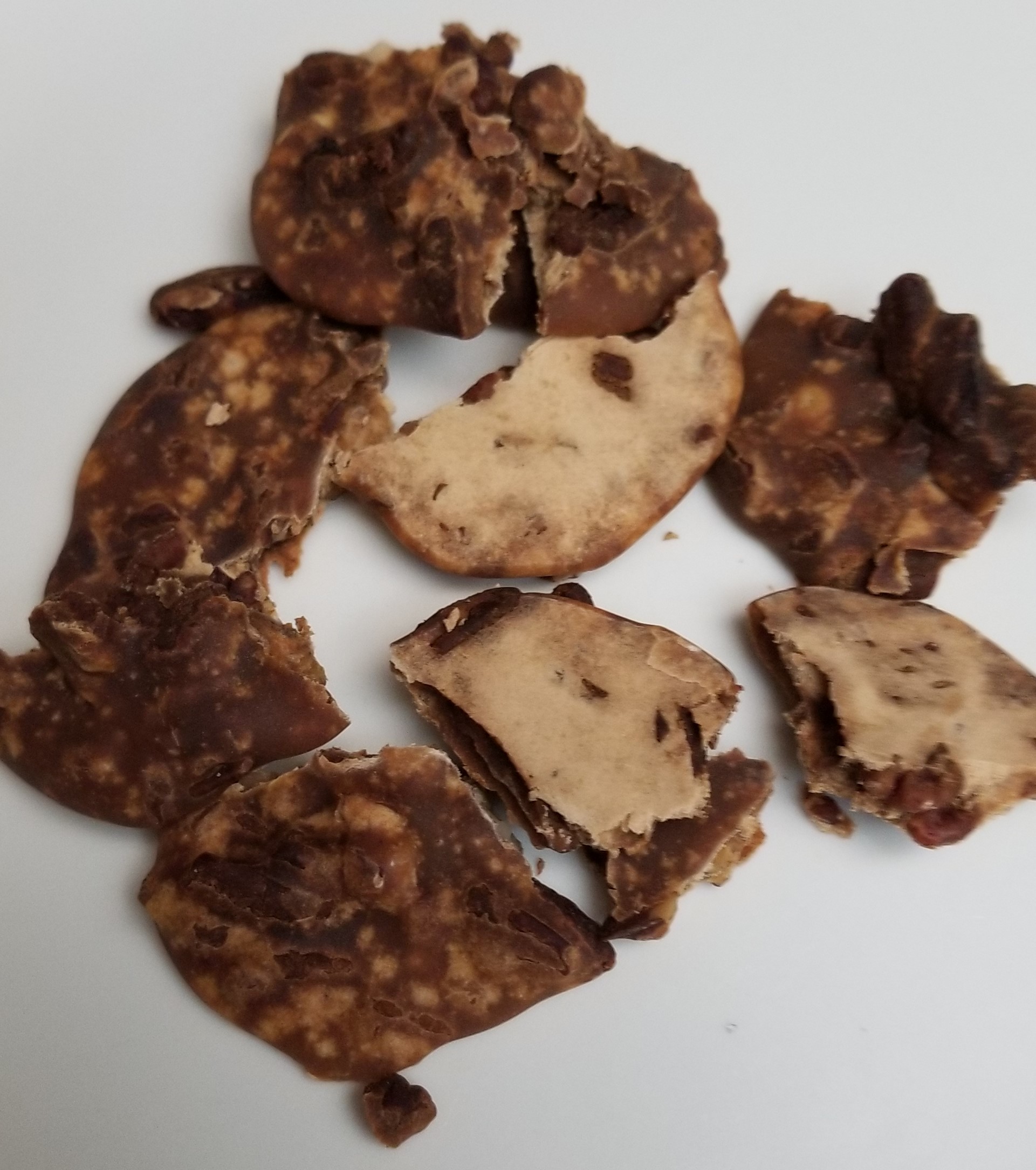Journal Thread #1 / Prompt 2 - How the Cookie Crumbles
Step into the shoes of a metrologist and discover why everything is worth measuring.
Teacher Tips!
Many activities have a teacher view and a student view, and teachers can switch between those views by clicking the blue button in the upper-right. Students will not see this option - only teacher accounts see both views. The teacher view will start with overview text, if available, to frame the activity and get you started. This view will also have teacher tips and suggested answers to student questions spread throughout the activity. The teacher text interleaved with student-facing text will be in italics and should appear as a different color on your screen. Teacher tips are designed to help you deliver a learning experience that is best suited for your classroom.
Printing Reminder
Whichever view you see on your screen is what will print. You can print this activity without teacher tips by selecting the student view, or print with teacher tips by switching to teacher view. Simply use the standard print function available for your web browser. No extra steps are required.
Title of Activity:
Journal Thread #1 / Prompt 2 - How the Cookie Crumbles
Description:
Using a historical analogy, students reflect on use of artifacts for measurement.
Target Grade Level:
Grades 8-12
Discipline or Course:
Physical Science
Estimated Time Required:
One 45-minute session in combination with video segment from The Last Artifact
Individual / Partner / Group Work:
Individual
Key Vocabulary:
- Metrologist
- Standard
Teacher Prep:
This journal prompt involves three basic areas:
- First, students should be able to clearly define the question that they want to measure. They should reflect an understanding that there are common parameters in phenomena. For example: the reactions that bake (gel or harden) chemicals in cookies are the same kinds of reactions that move the Earth or spew from stars. Measuring small things can have big results.
- Second, there should be a recognition that there are various standards and ways of measurement. Light, current, distance, mass, time, temperature, and the mole all provide us with information. The response should link the phenomenon to a standard in a clear way.
- Finally, the video and discussion convey the diversity of metrologists and their skills.
In discussing the measurement challenge of their choice, students should reflect all three perspectives.
The rubric can be modified for student, whole class, or teacher use.
Possible Rubric
| Area | Novice | Average | Advanced |
| Asking questions | No description of a familiar phenomenon, or repetition of the one cited in the prompt. | Identification of a phenomenon but the question is unclear | Clear expression of the question and the specific parameter to be measured. |
| Relation of question to measurement standard | Measurement standard not defined | Vague connection to a measurement standard or mention of more than one standard | Clear connection to a specific measurement standard |
| Explanation of potential advantage | No description of advantage of the potential measurement | Unclear or tentative explanation of the potential advantage | Clear connection between the measurement and the potential advantage |
STUDENT CONTENT BELOW
Metrologists measure everything - even how cookies crumble. Why? People who are not scientifically literate often question the value of research that might not have an obvious, immediate value in creating a product or solving a current problem. But there are reasons to investigate mundane as well as eye-catching aspects of reality.
Watch the video.
Think of something in your immediate environment that could be measured with interesting results. You may want to look at the 7 key areas of measurement at Web Link - A Turning Point for Humanity: Redefining the World’s Measurement System for an idea.
Begin by describing the object or process as you sense it: Loud, bright, large, fast. Use the most specific non-quantitative language you can for this description.
Then describe a way to measure that object or phenomenon. Select the most accurate instrument or method you can imagine for this measurement.
Finally, describe how the information you would gather from this measurement might solve a problem or answer a significant question.
Here's what the cookie example might look like:
When we select cookies from a deli or a buffet, we want the freshest and most crisp. A sneaky snacker might grab one and crush it. Can you hear the freshness?
A microphone measures volume in terms of electrical signals - the unit is amperes. Sound energy (physical vibration) converts to electrical signal to measure that crunch.
What would the value of a crunch-o-meter be? Freshness might be a sign that the recipe was right, or that the packaging was effective in blocking air from intruding and causing staleness.
On a deeper level, the crunch of a cookie is a measure of the chemical reactions that cause changes in the cookie's ingredients. Those reactions don't just make cookies. They are parallel to reactions that create other kinds of synthetics. So understanding a chemical thermodynamics of crumbling cookies might be just the entrée to a buffet of science ideas.
Now for your idea! Be careful to construct good explanations. And hold these thoughts. You'll be expanding your ideas of new things and ways to measure by the end of this Mission.





